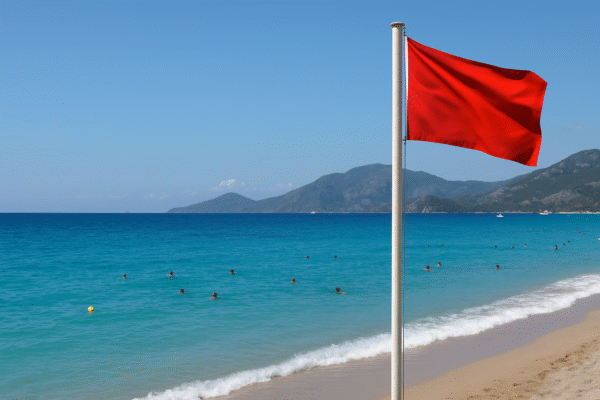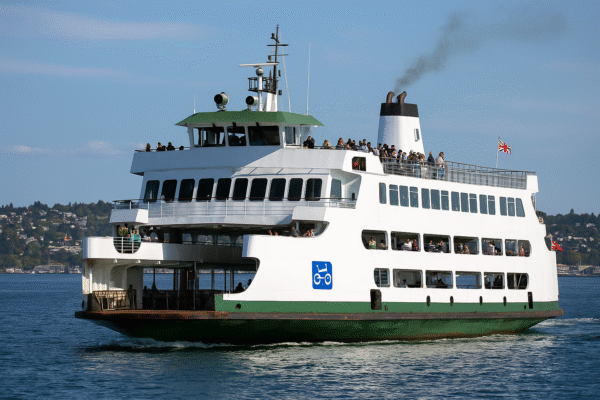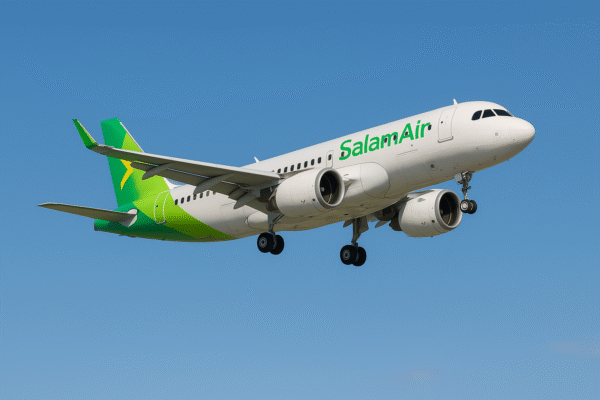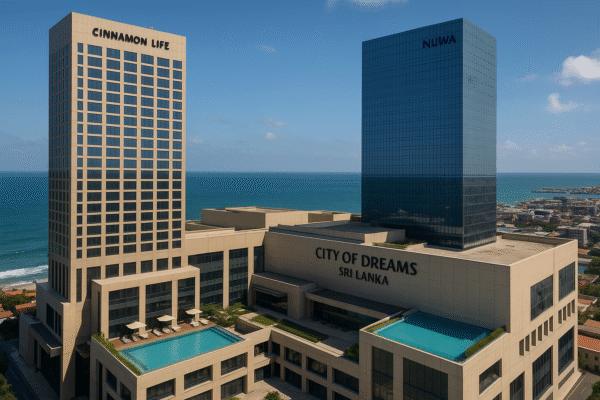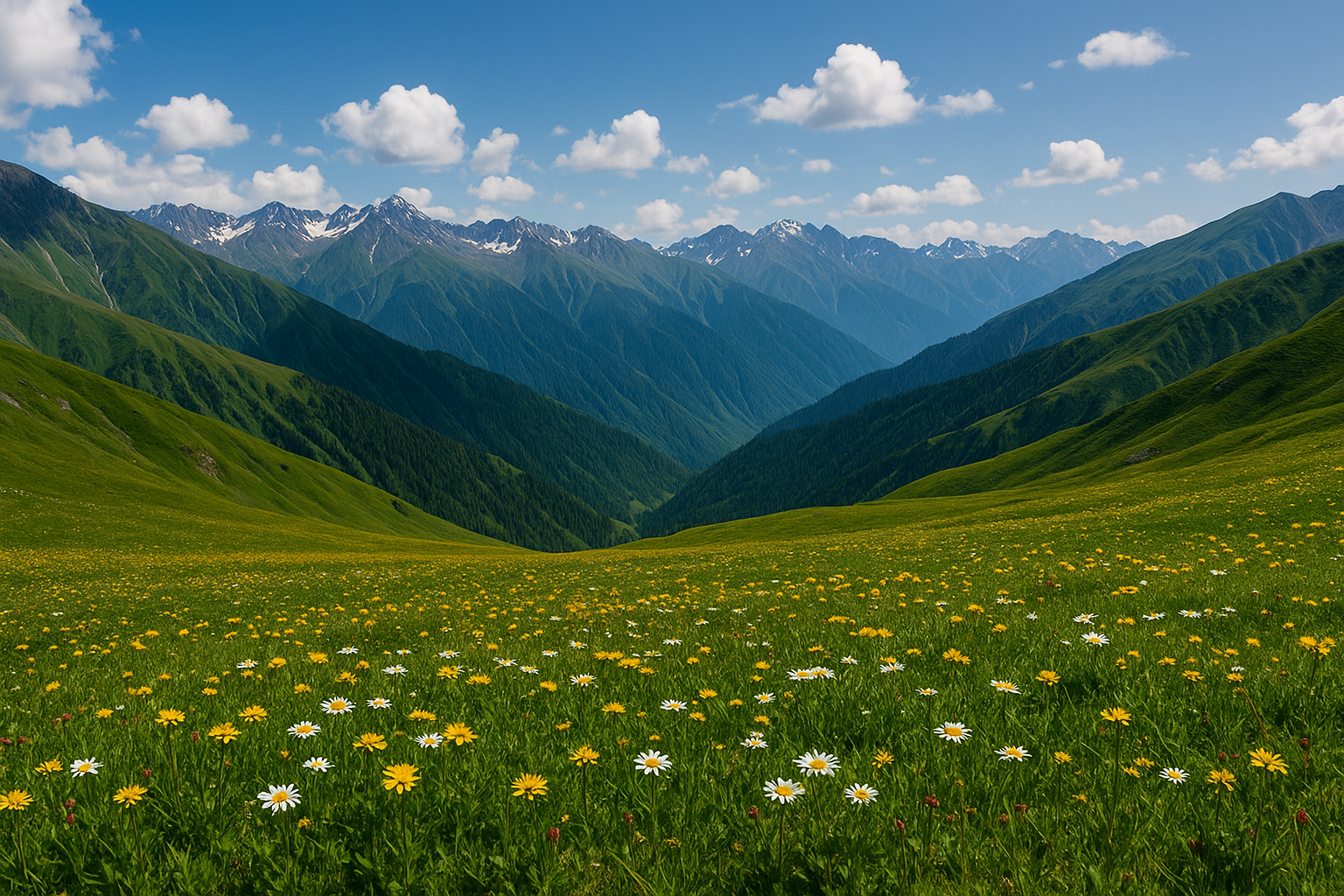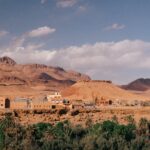Jammu & Kashmir Unveils Bhal-Padri as Himalayan Eco-Tourism Hotspot Ahead of July 20 Festival
In a transformative move for Himalayan tourism, the Union Territory of Jammu and Kashmir is set to spotlight Bhal-Padri, a pristine alpine meadow in the Doda district, as a premier eco-tourism destination. The long-isolated region, perched at an altitude of 11,000 feet, is now accessible via a newly constructed road, paving the way for the first-ever Bhal-Padri Tourism Festival on July 20, 2025.
This initiative marks a significant chapter in Jammu and Kashmir’s sustainable tourism strategy, aligning with regional development goals, tribal empowerment, and biodiversity conservation under the Mission Youth and Border Area Development Programme.
A Hidden Himalayan Jewel Now Within Reach
Located just 10 km from Padri Top—along the scenic Bhaderwah-Chamba interstate route—Bhal-Padri boasts untouched alpine meadows, wildflower fields, and panoramic views of snow-capped peaks. Until recently, it was known only to local nomadic communities and high-altitude trekkers, with no motorable access.
That changed in mid-2025 with the completion of a road link connecting Padri to Bhal-Padri, a project overseen by the Public Works Department (PWD) of Jammu and Kashmir. The new route opens up the meadow to vehicular tourists and adventure enthusiasts, significantly reducing the travel time and effort once required to access this remote landscape.
Festival to Celebrate Biodiversity, Adventure, and Tribal Culture
The Bhal-Padri Tourism Festival, scheduled for July 20, 2025, will serve as a vibrant introduction to the meadow’s natural and cultural wealth. Organized by the District Administration of Doda, in partnership with cultural groups, local artisans, and environmental NGOs, the festival will include:
- Folk music and tribal dance performances
- Adventure sports like guided treks, eco-trails, and camping
- Local cuisine and handicraft bazaars
- Environmental education booths highlighting Himalayan flora and fauna
Officials state the goal is to promote inclusive tourism, ensuring that benefits are equitably shared with local tribal communities such as the Gujjars and Bakarwals, who have long preserved the region’s ecological knowledge.
A Valley of Wildflowers and Wildlife
Bhal-Padri stretches across an 11-km belt of high-altitude grasslands, turning into a natural “Valley of Flowers” during the summer bloom. Botanists and nature photographers will find a rich palette of endemic Himalayan flora, including rare orchids, primulas, and medicinal herbs.
Its proximity to wildlife corridors connecting the Bhaderwah and Kishtwar forests also positions Bhal-Padri as a potential base for wildlife conservation and eco-research initiatives. Local officials have indicated future plans to collaborate with the Forest Department to map biodiversity and implement visitor education programs.
Unlocking Adventure and Eco-Tourism Potential
Thanks to its terrain and elevation, Bhal-Padri is already being recognized as a prime destination for soft adventure tourism. Travel operators are exploring seasonal packages that include:
- High-altitude trekking routes and ridge walks
- Mountain biking and horse riding trails
- Eco-camping experiences under the stars
- Bird watching expeditions targeting Himalayan migratory species
Local authorities are working to ensure that all tourism is low-impact and community-based, with eco-guides and camp operators trained from local villages.
Revitalizing Tribal Economies Through Tourism
Beyond its scenic allure, Bhal-Padri is culturally significant for the nomadic herders and tribal families who migrate through the meadow each summer. The July 20 festival will spotlight tribal storytelling, embroidery, cuisine, and music, serving both to educate tourists and to preserve intangible heritage.
To ensure that tourism development does not displace or marginalize local communities, the Jammu and Kashmir Tourism Department has outlined a vision of participatory planning, with tribal cooperatives playing a role in visitor services, heritage interpretation, and handicraft marketing.
Road Connectivity: A Gateway to Development
The newly inaugurated road between Padri Top and Bhal-Padri is part of a broader infrastructure plan under the Rural Connectivity and Border Tourism Scheme. There are also proposals to open an alternate route via Gandoh, which would provide secondary access and help distribute visitor traffic more sustainably.
Plans for eco-parking zones, digital connectivity, safety monitoring systems, and designated camping grounds are currently being reviewed by the district’s tourism task force.
Why Bhal-Padri Matters for India’s Tourism Future
As traditional hill destinations like Gulmarg and Sonmarg face the challenges of over-tourism, the launch of Bhal-Padri signals a shift toward responsible, low-density travel experiences. It offers:
- Nature lovers a pristine, pollution-free environment
- Adventure tourists new trekking and exploration zones
- Cultural travelers a window into tribal life and Himalayan traditions
- Researchers and photographers a canvas of alpine ecology and seasonal biodiversity
The launch of tourism at Bhal-Padri also aligns with India’s National Strategy for Eco-Tourism, aiming to diversify tourism circuits and uplift underdeveloped regions.
Conclusion: From Hidden Meadow to Himalayan Marvel
Bhal-Padri is poised to emerge as one of India’s most promising high-altitude destinations, blending adventure, ecology, and culture into a single, breathtaking package. With the July 20 tourism festival as its grand debut, the region enters a new era—one that respects its roots while opening up to the world.
As Jammu and Kashmir continues to reimagine its tourism landscape, Bhal-Padri offers a sustainable model that balances growth with guardianship, reminding travelers that the Himalayas are not just to be visited, but understood and protected.
For more travel news like this, keep reading Global Travel Wire



